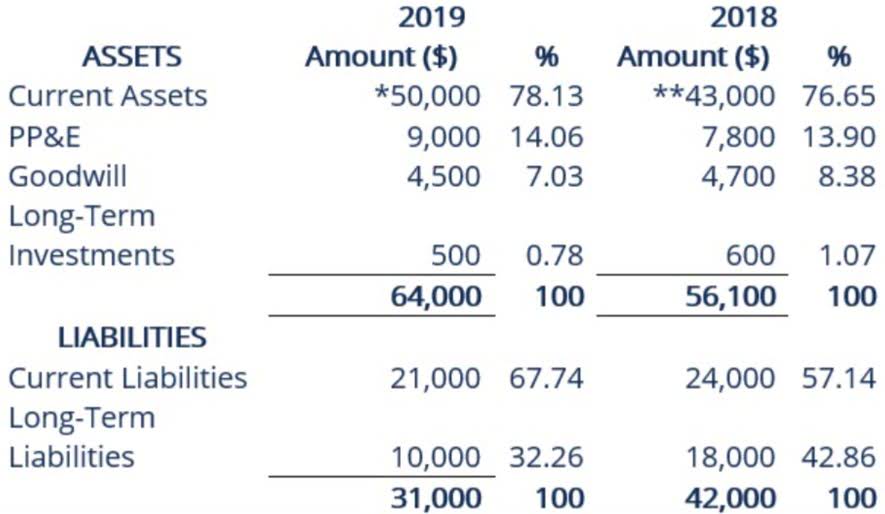
Dividends are typically credited to a brokerage account or paid in the form of a dividend check. The dividend check is mailed to stockholders but can be directly deposited to a shareholder’s account of choice if preferred. Dividends can be defined as the share of profits that are paid to the investors or the shareholders of the company in return for their investment in the particular company for a period of time. Since shareholders are technically the owners of the company, they are compensated through a profit-sharing, on an annual, semi-annual, or quarterly basis. This article explores various facets of dividend accounting, detailing how different types of dividends are managed, recorded, and reported. By examining these elements, readers can gain insights into the broader implications on financial statements and investment strategies.
- Dividends payable are the amounts a company has to pay to its shareholders as profit distributions.
- Dividends are often expected by shareholders as their share of the company’s profits.
- Every business has to pay taxes, and the amounts they owe to the government are recorded as tax payables.
- Instead, the cost basis of the original shares is adjusted to account for the additional shares received.
- These can be payments for services like rent, electricity, internet, or insurance.
- They won’t appear on the company’s records as shareholders in time to receive the upcoming dividend if they buy on or after the ex-date.
Everything You Need To Master Financial Modeling
Hence, when a company issues stock dividends, the only difference is the transfer from retained earnings, to the common stocks that are newly issued as dividends. First of all, the dividends payable balance created due to the declaration of dividends will be a part of the company’s Statement of Financial Position as a current liability. The dividend paid will be presented in the Statement of Retained Earnings as a reduction in retained earnings. Airbnb Accounting and Bookkeeping Cash dividends are paid out in cash, which means shareholders receive payments that are deposited directly into their accounts. For example, if you own shares in a company and that company decides to pay a dividend of $2 per share, you would receive $2 for every share you own. These payments are usually made on a regular schedule, often quarterly (every three months), though not all companies pay dividends.
- The dividend discount or Gordon growth models can help investors choose individual stocks.
- Bills payable are typically used for larger transactions or long-term supplier agreements.
- The dividend yield is the annualized dividend represented as a percentage of the stock price.
- Dividends can be defined as the share of profits that are paid to the investors or the shareholders of the company in return for their investment in the particular company for a period of time.
- The specific tax treatment can depend on the nature of the assets and the applicable tax laws.
Related AccountingTools Courses

When a company pays a dividend, it is not considered an expense on the income statement since it is a payment made to the company’s shareholders. This differentiates it from a payment for a service to a third-party vendor, which would be considered a company expense. In addition to dividend yield, another important performance measure to assess the returns generated from a particular investment is the total return factor. This figure accounts for interest, dividends, and increases in share price, among other capital gains. A high-value dividend declaration can indicate that a company is doing well and has generated good profits. However, some may interpret it as an indication that the company does not have much going on in the way of new projects to generate better returns in the future.
- For companies, the tax implications of paying dividends can also be significant.
- Any total that’s divided by an increased number results in those shares being worth less.
- Besides his extensive derivative trading expertise, Adam is an expert in economics and behavioral finance.
- If the transaction is for a greater proportion of the previously outstanding shares, then treat the transaction as a stock split.
- When a company declares a dividend, it creates a liability on its balance sheet under current liabilities, reflecting the commitment to distribute earnings.
Examples of How Cash Dividends Affect the Financial Statements

Then, the company decides how much to allocate toward dividends versus how much to reinvest in the business. This allocation reflects the company’s confidence in its financial health and future prospects. A stock-investing fund pays dividends from the earnings received from the many stocks held in its portfolio, or by selling a certain share of stocks and distributing capital gains. Dividends are a percentage of a company’s earnings paid to its shareholders as their share of the profits.
The dividend payout ratio is the contra asset account ratio of dividends to net income, and represents the proportion of net income paid out to equity holders. Well established companies often pay dividends to their stockholders on regular basis. However, students should keep in mind that no liability arises in a period unless and until the board of directors actually authorizes and declares the dividends in that period.
Companies that pay dividends typically enjoy stable cash flows, and their businesses are commonly beyond the growth stage. This business growth cycle partially explains why growth firms do not pay dividends—they need these funds to expand their operations, build factories, and increase their personnel. Dividends are mostly declared by the board of directors of the company in annual general meetings before they are paid out.

Account Types

One of the primary reasons companies pay dividends is to signal financial health and stability. When a company regularly pays dividends, it sends a message to the market what type of account is dividends payable and its shareholders that it is profitable and has a steady stream of income. This can build investor confidence, as consistent dividend payments suggest that the company is generating enough profit to share with its shareholders while still investing in its own growth. A general ledger account titled as “dividends payable account” is used to account for all declarations and payments of dividends to stockholders. Dividends payable account is a liability account and, therefore, normally has a credit balance. It is credited when directors declare a cash dividend and debited when the cash for a previously declared dividend is paid to stockholders.
Companies can either reinvest their earnings in themselves or share some or all of that revenue with their investors. Dividends represent income for investors and are the primary goal for many. Some companies with solid histories of paying dividends have established quarterly dividend payment dates.
Accounting for Dividends Payable
These calculations depend on several factors such as the dividend policy of a company, its past dividend payouts, its dividend payout ratio, etc. Companies must also consider the requirements of its shareholders when calculating the dividends to pay out to their shareholders. Corporations have several types of distributions they can make to the shareholders.
